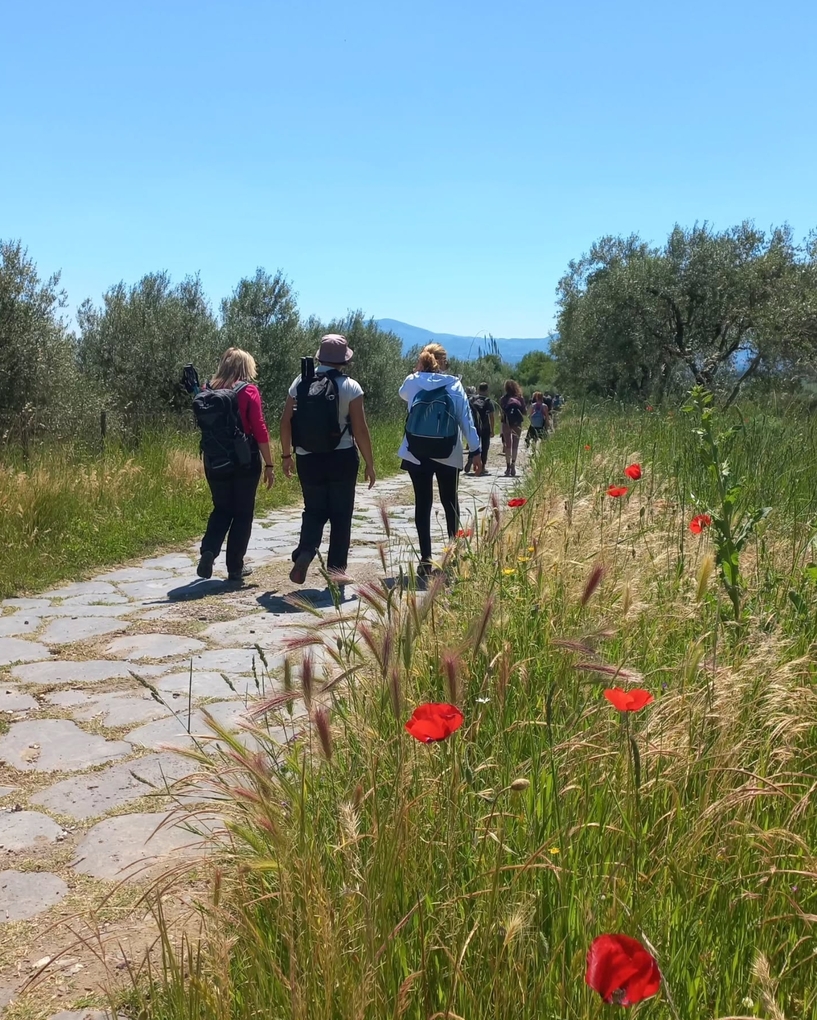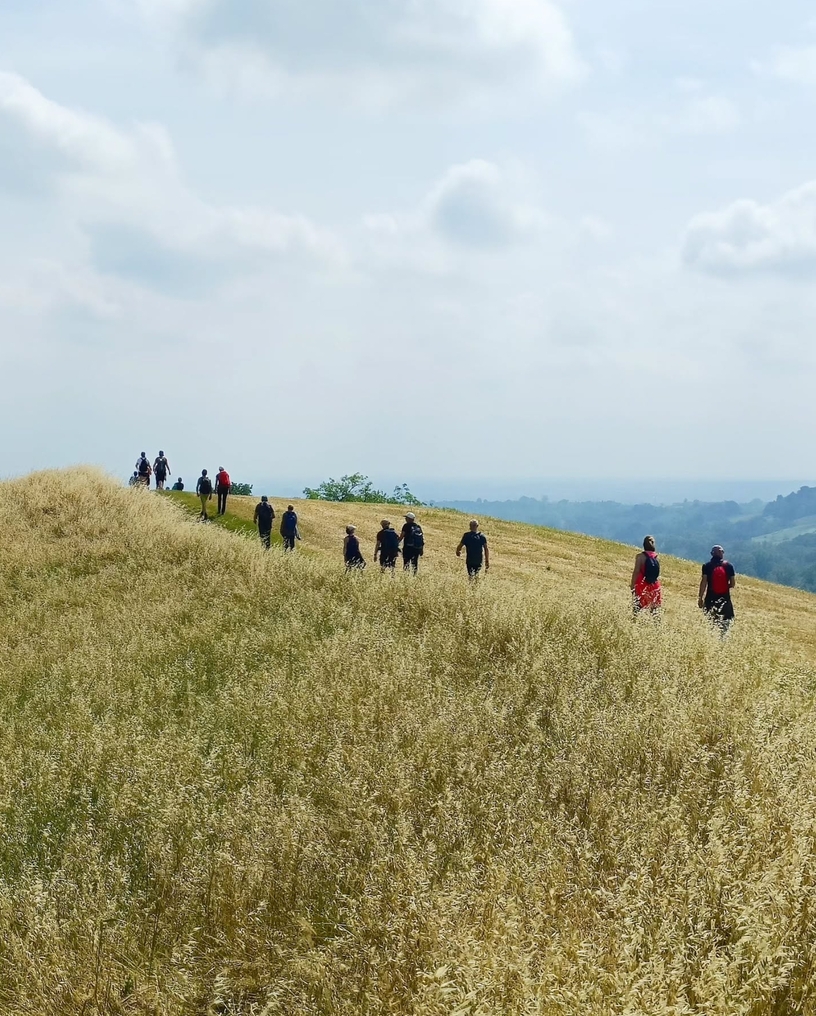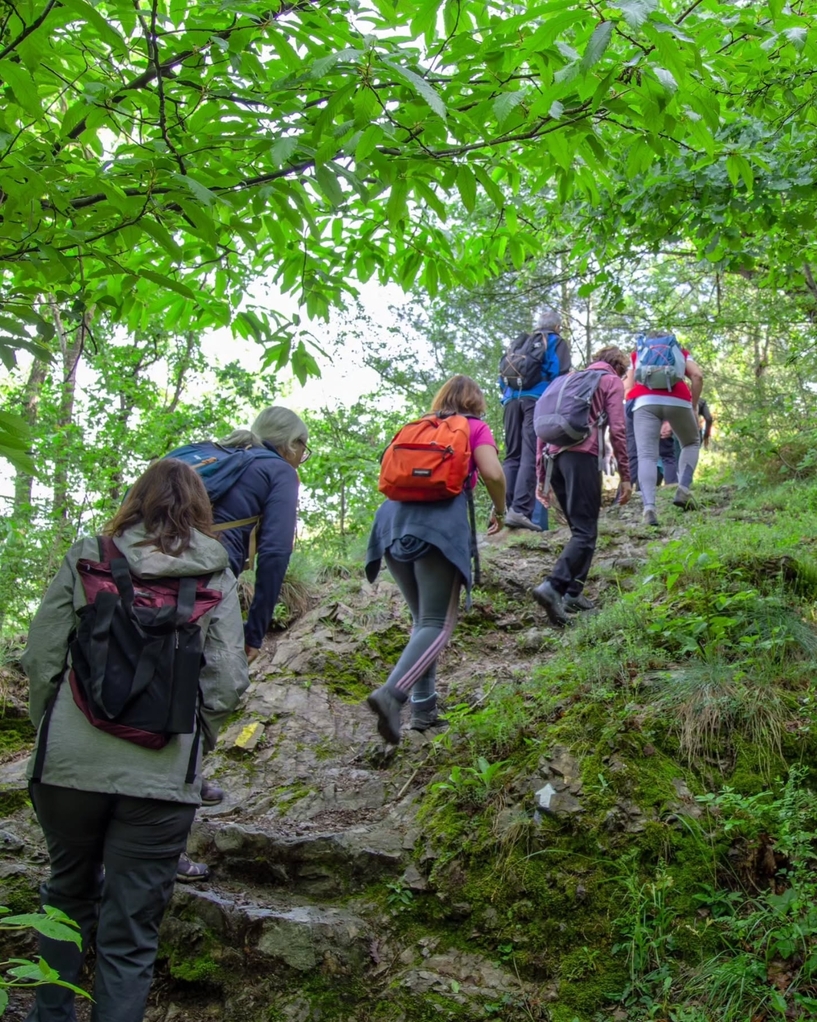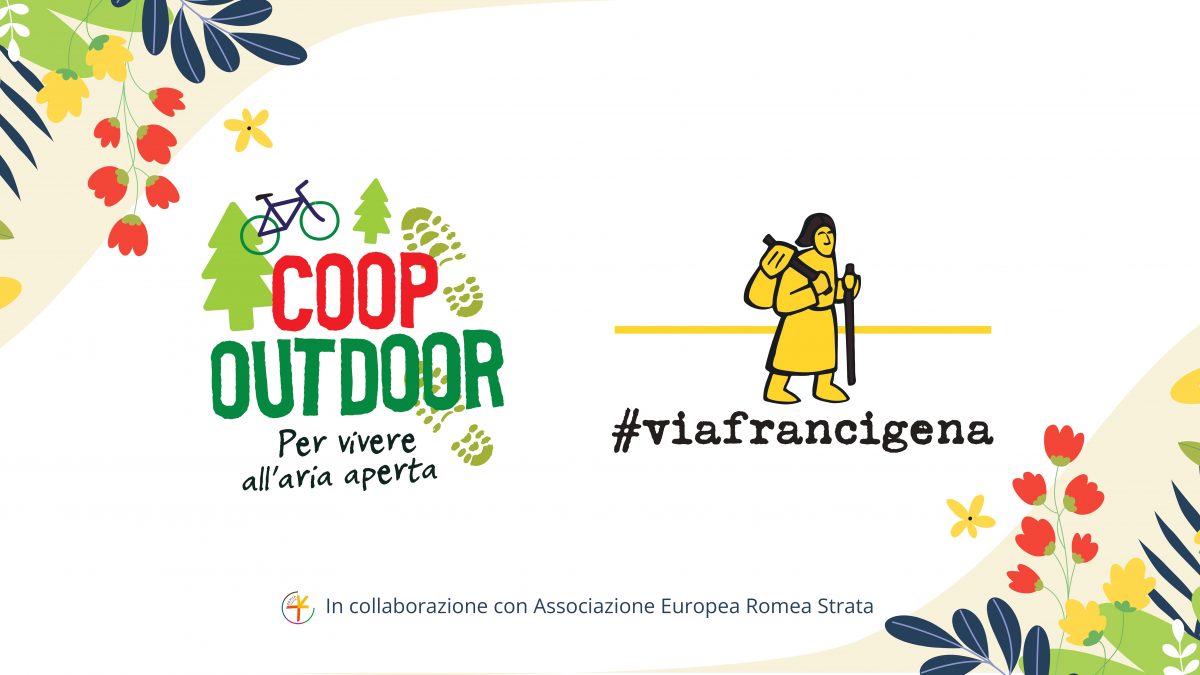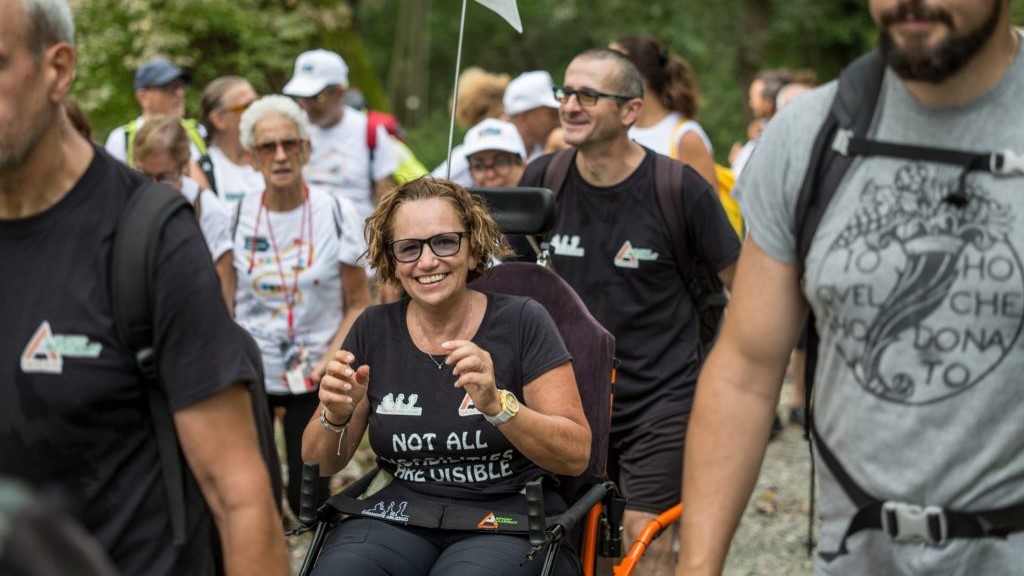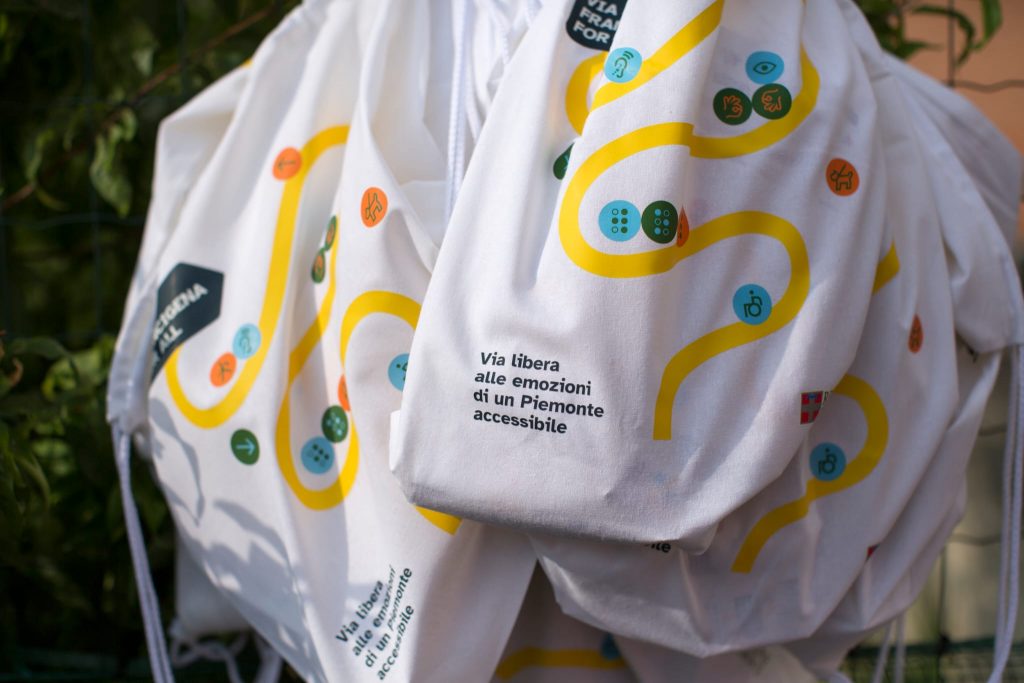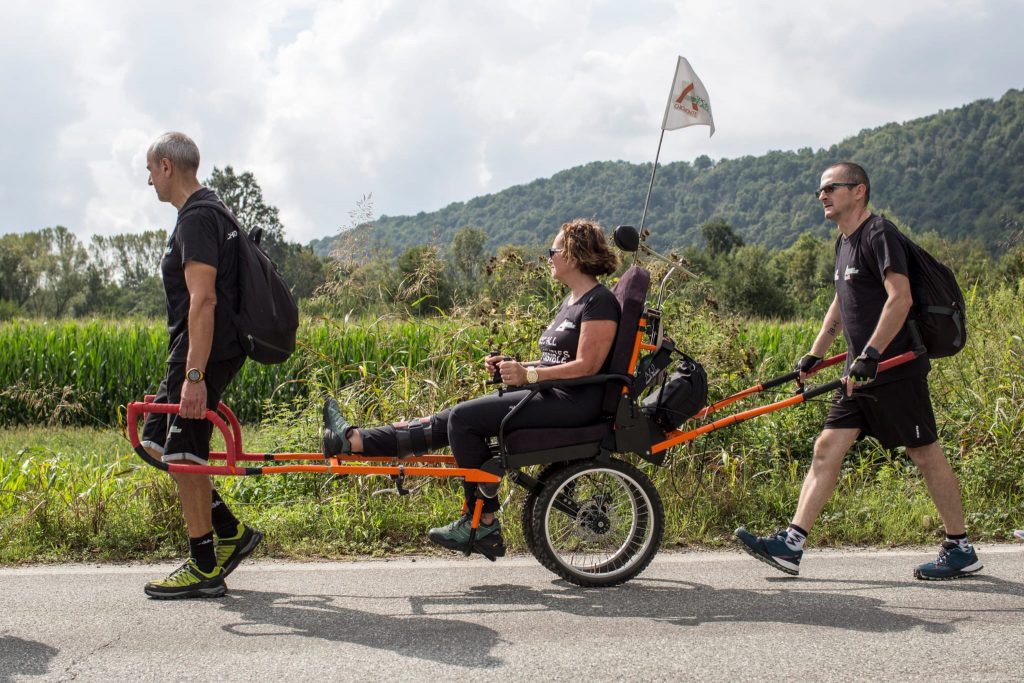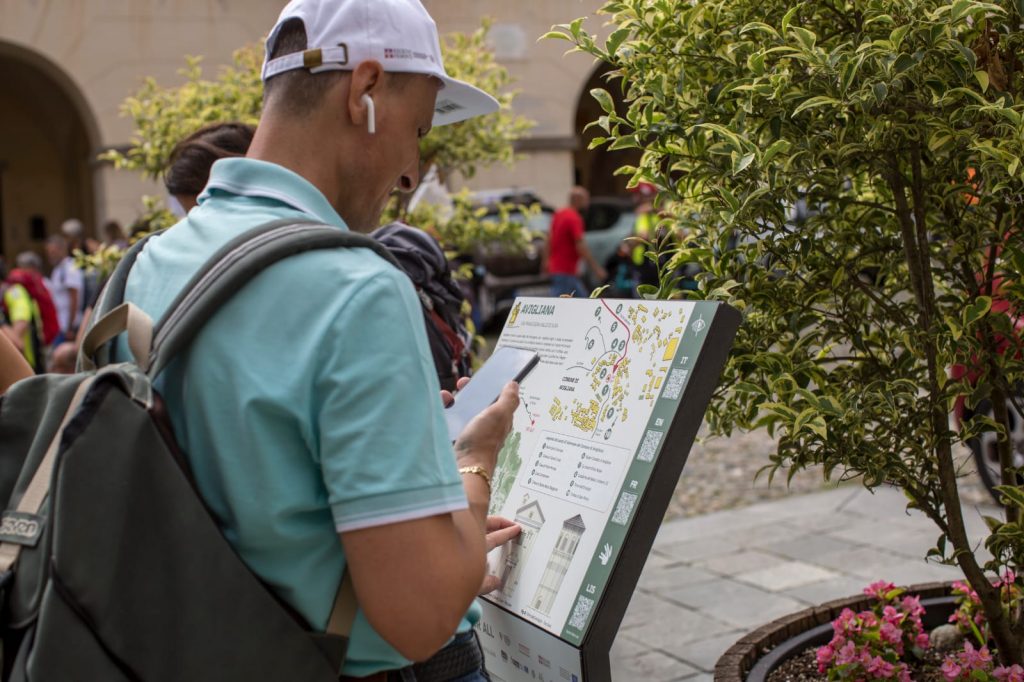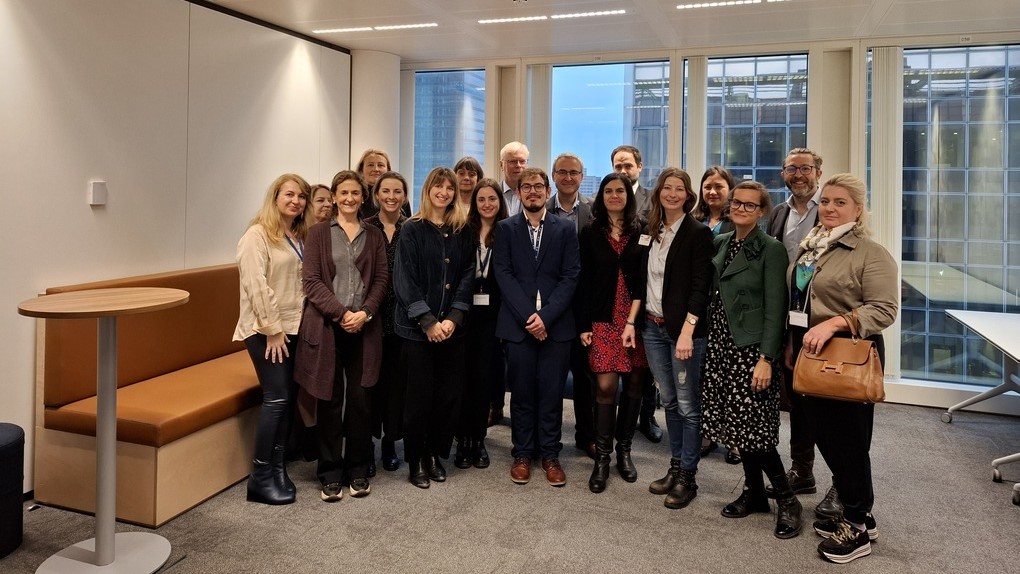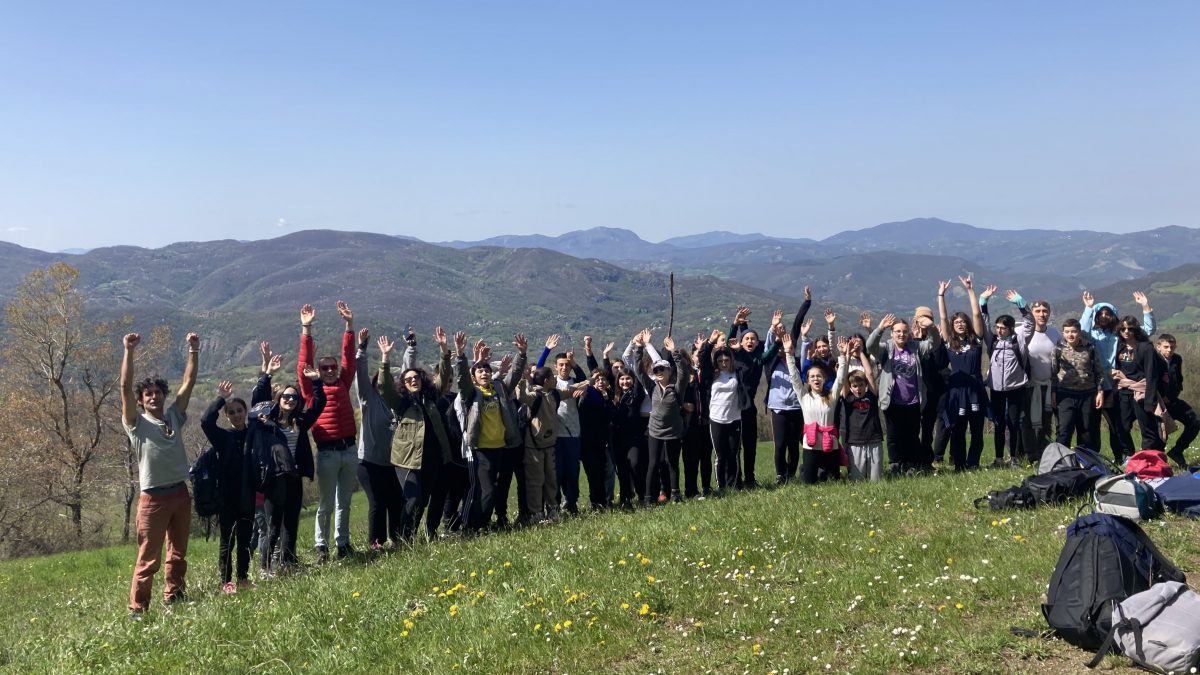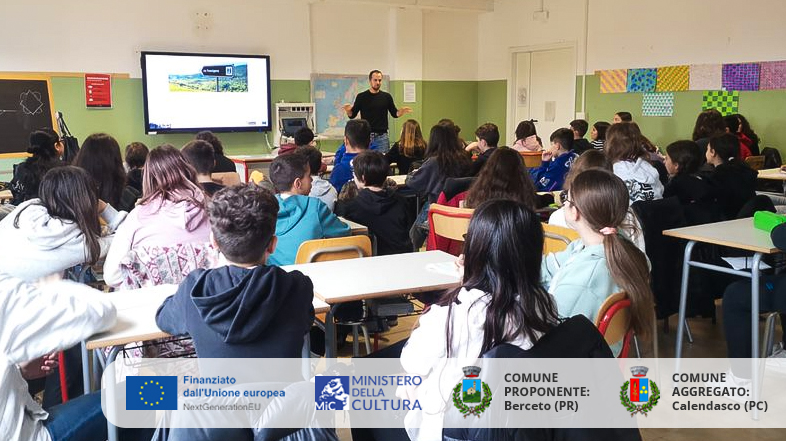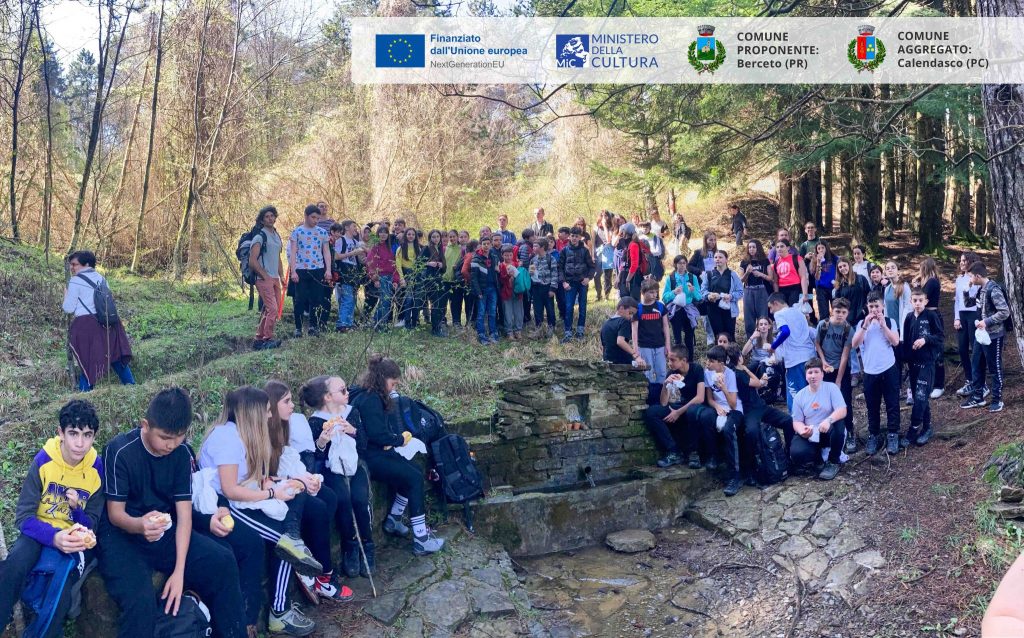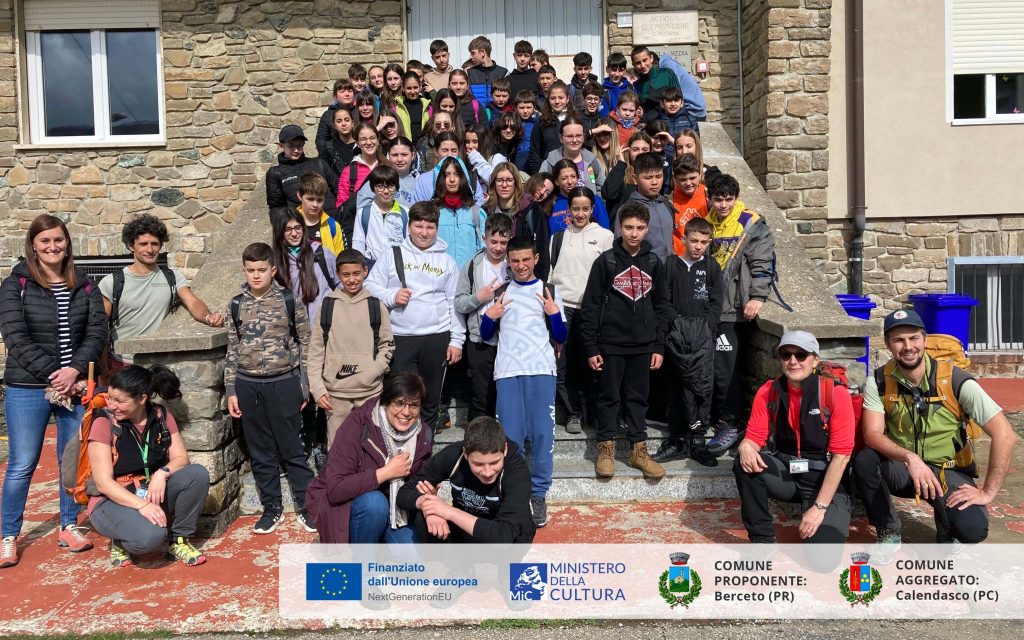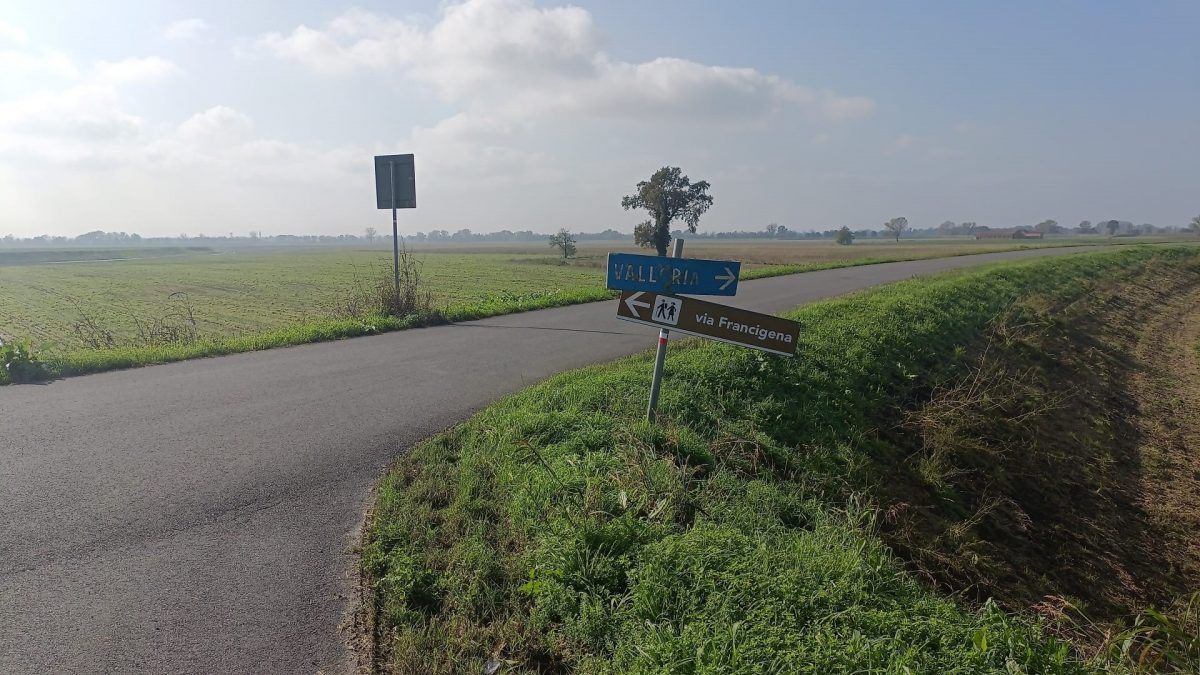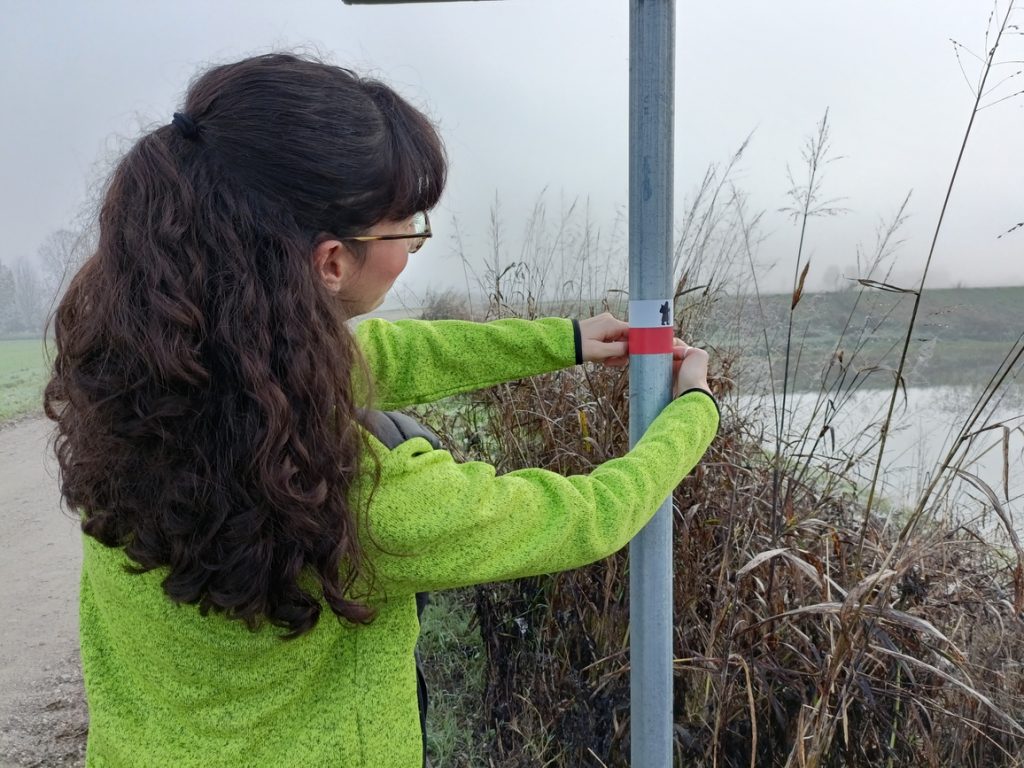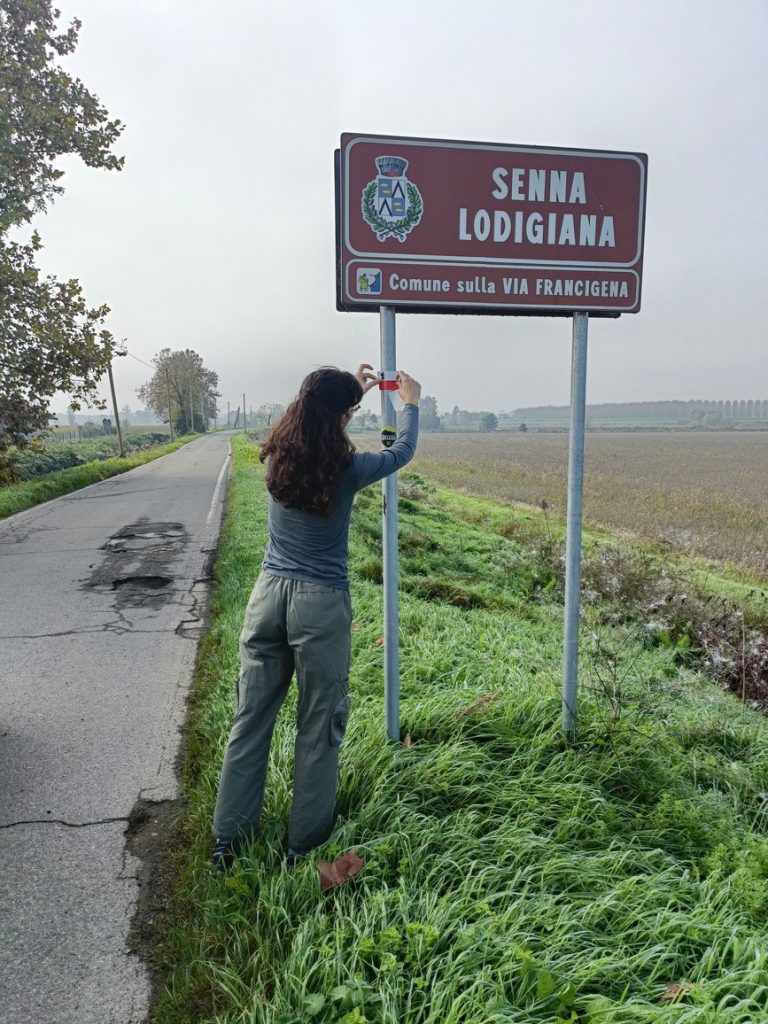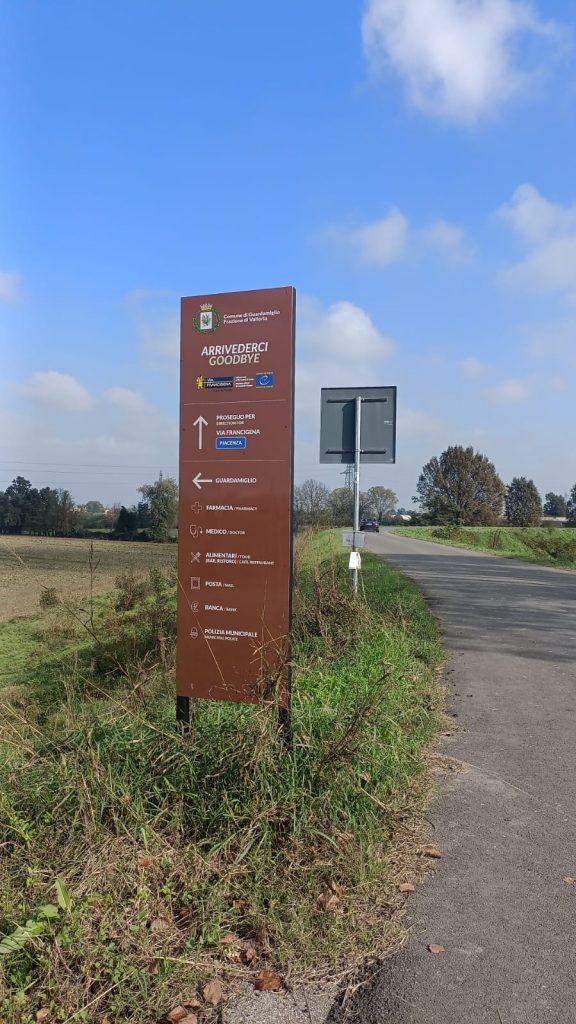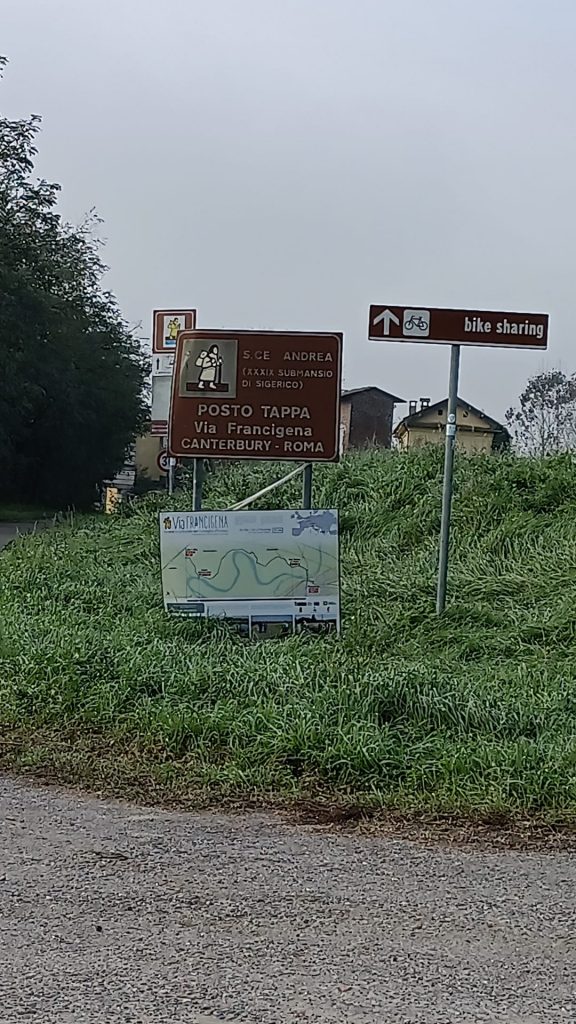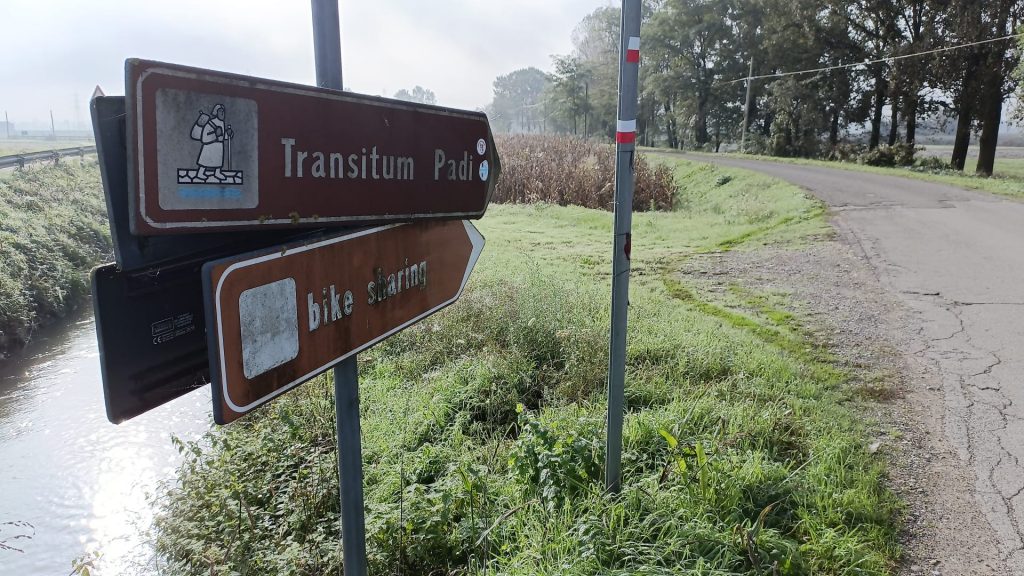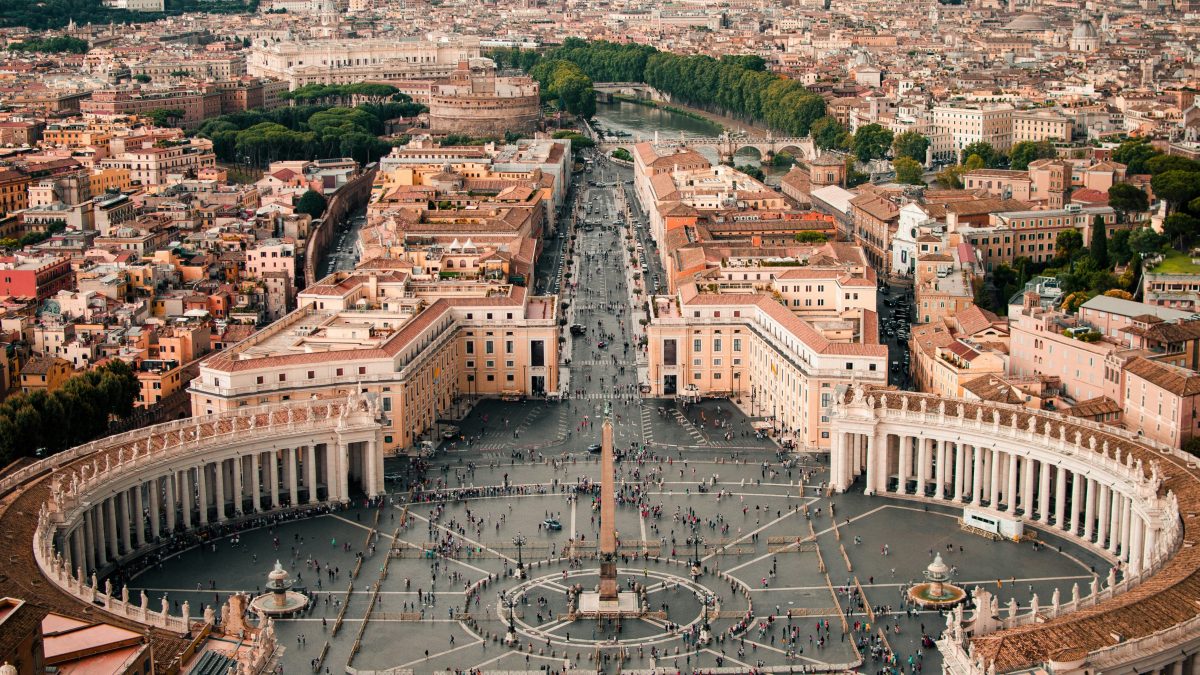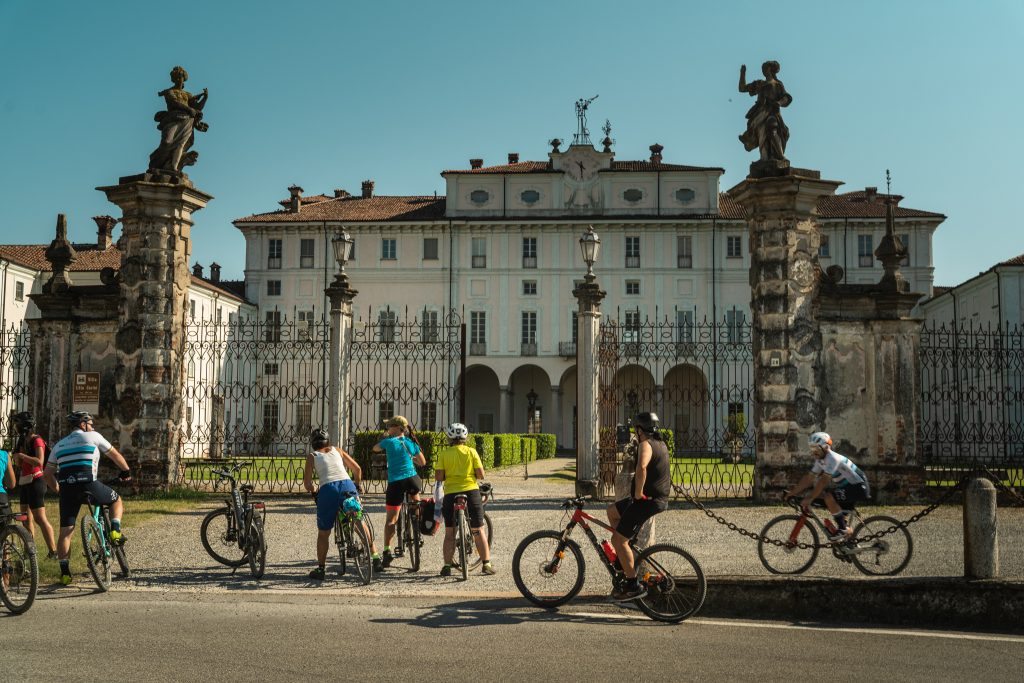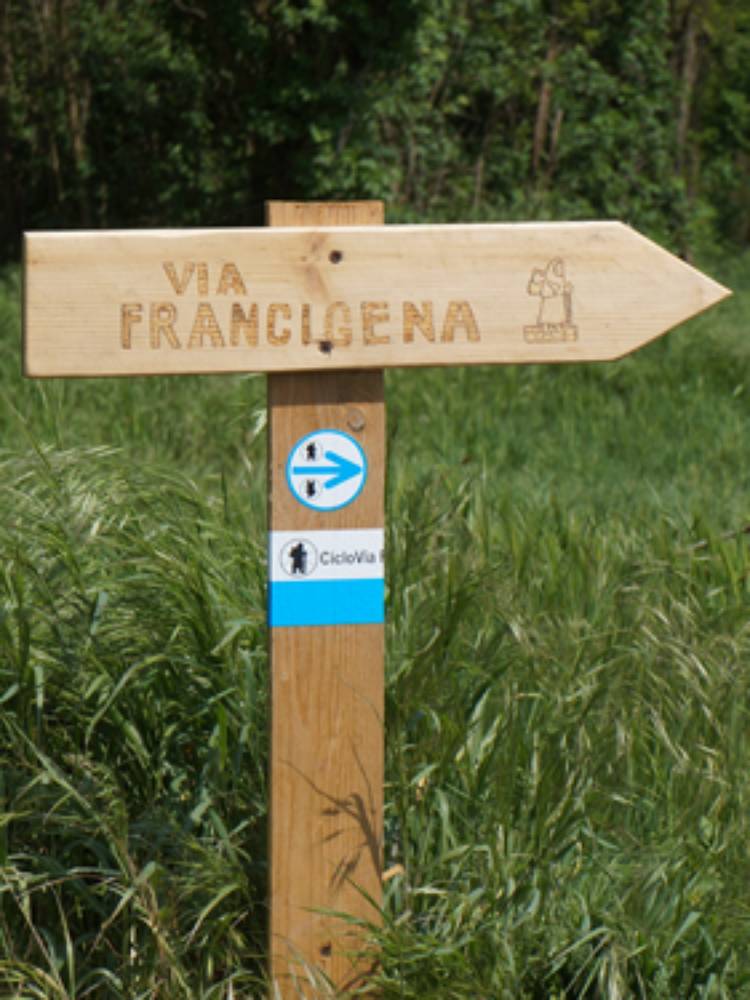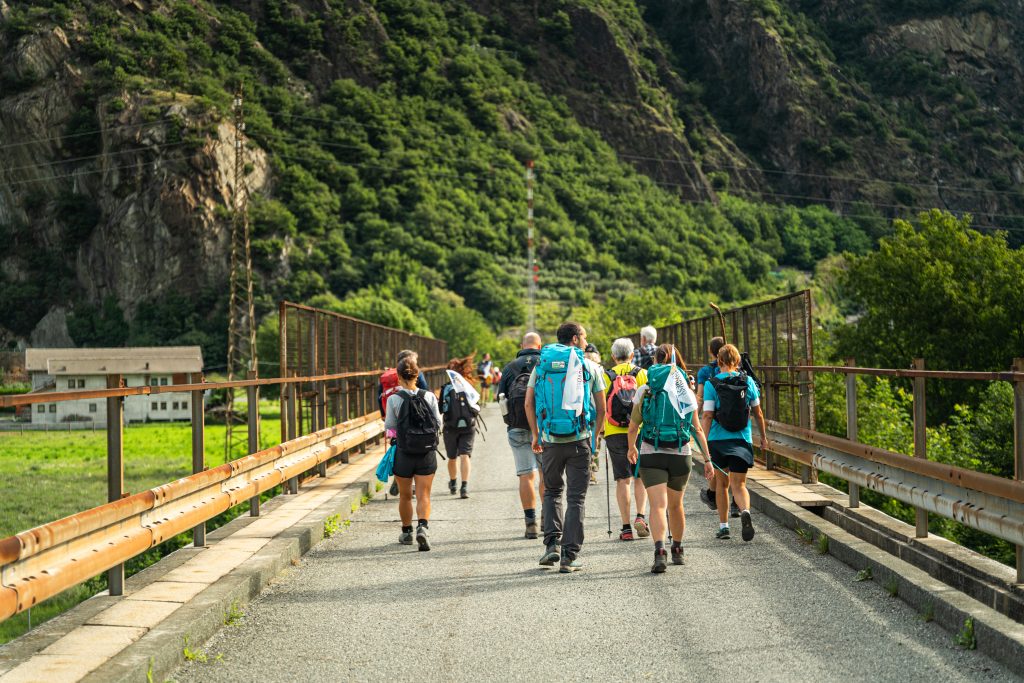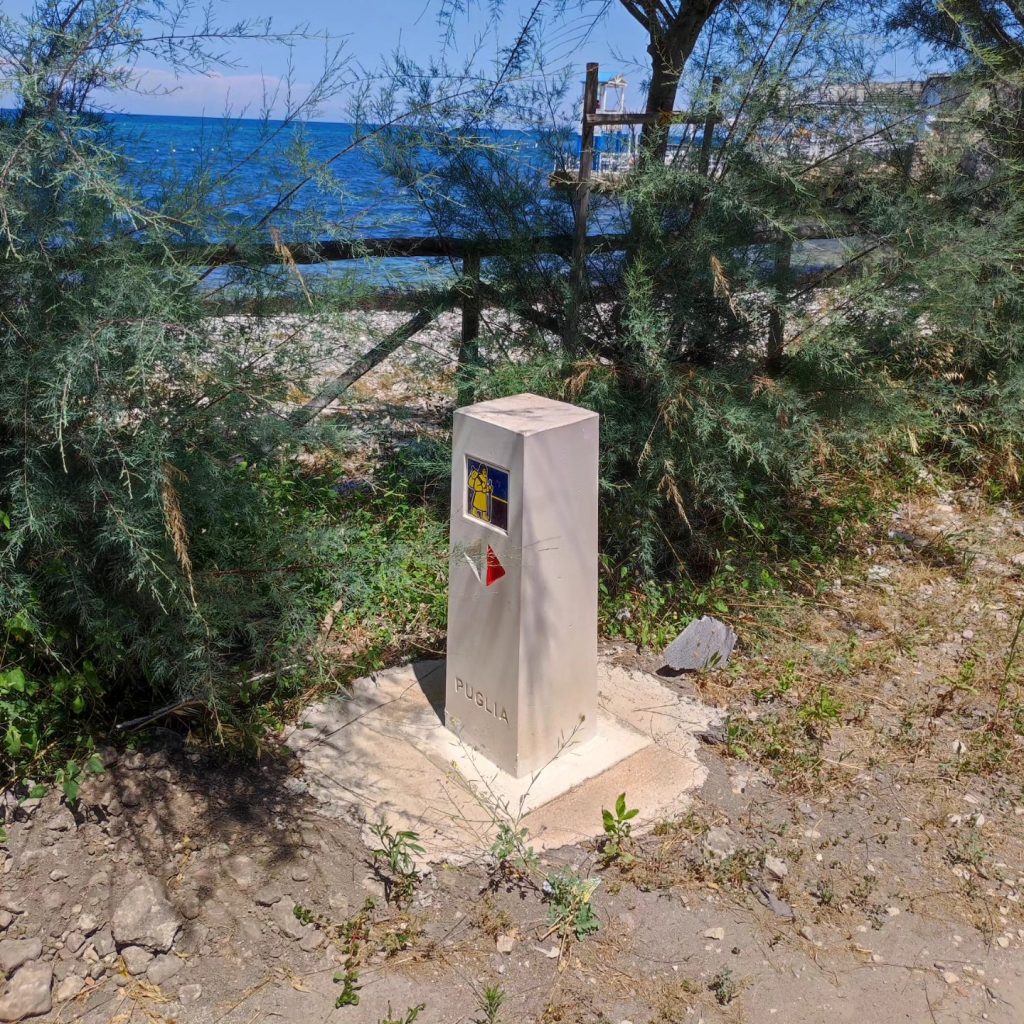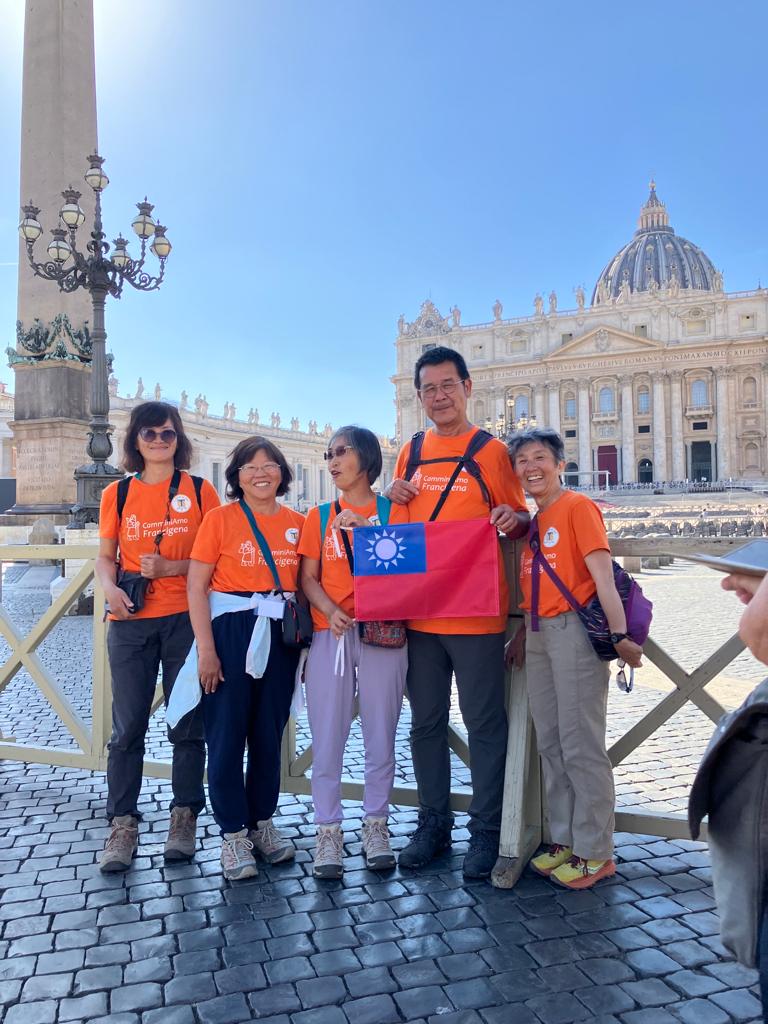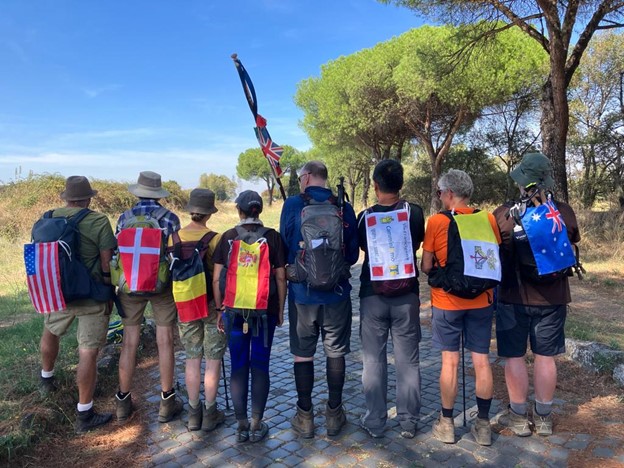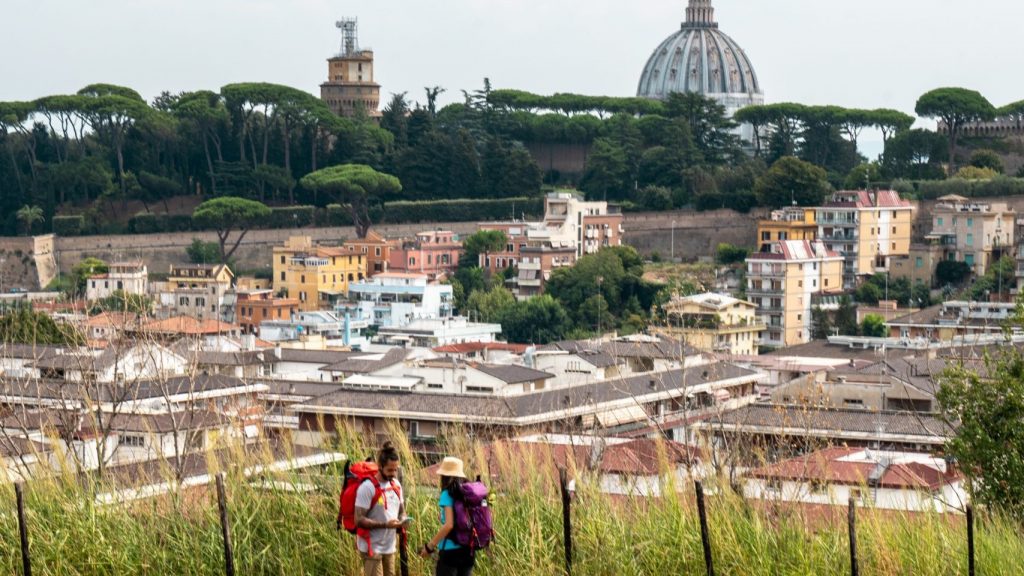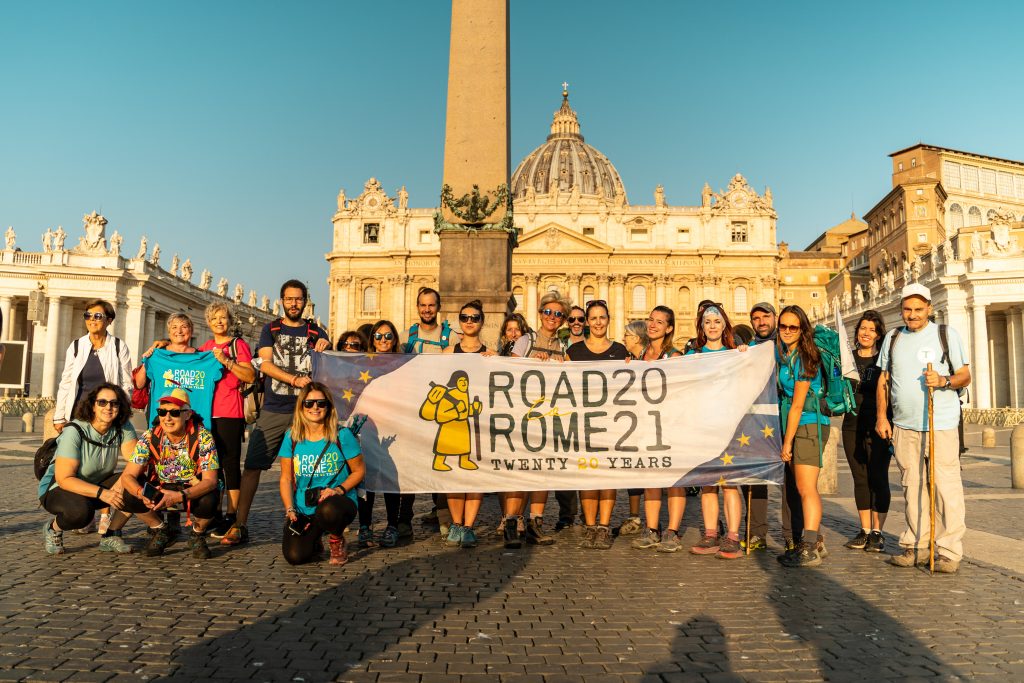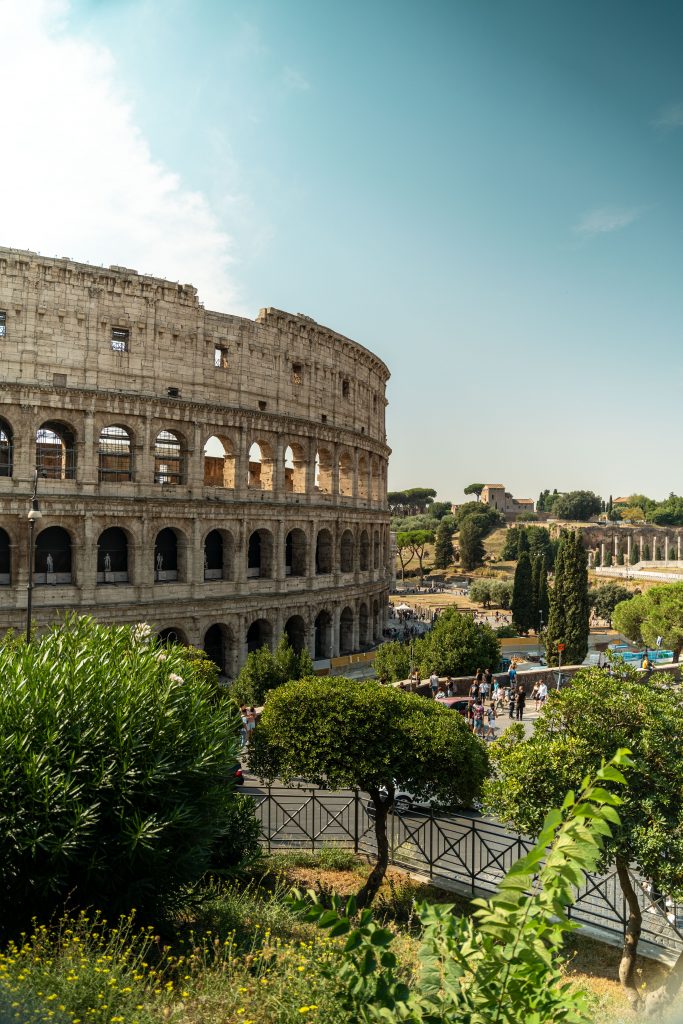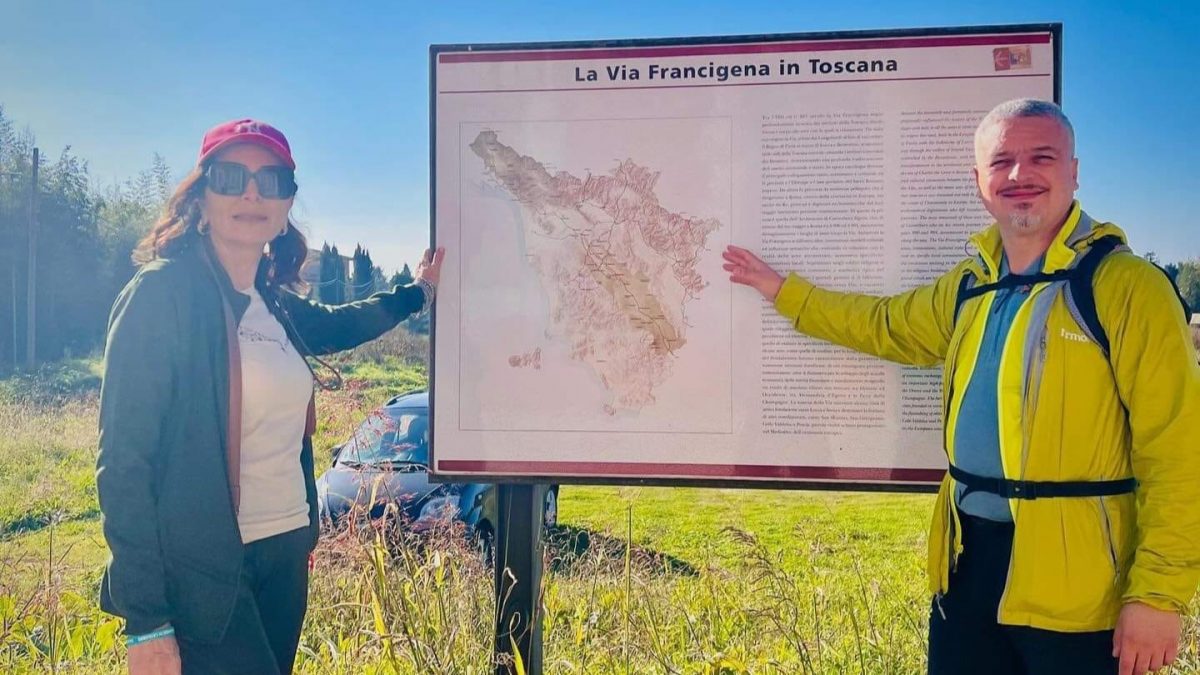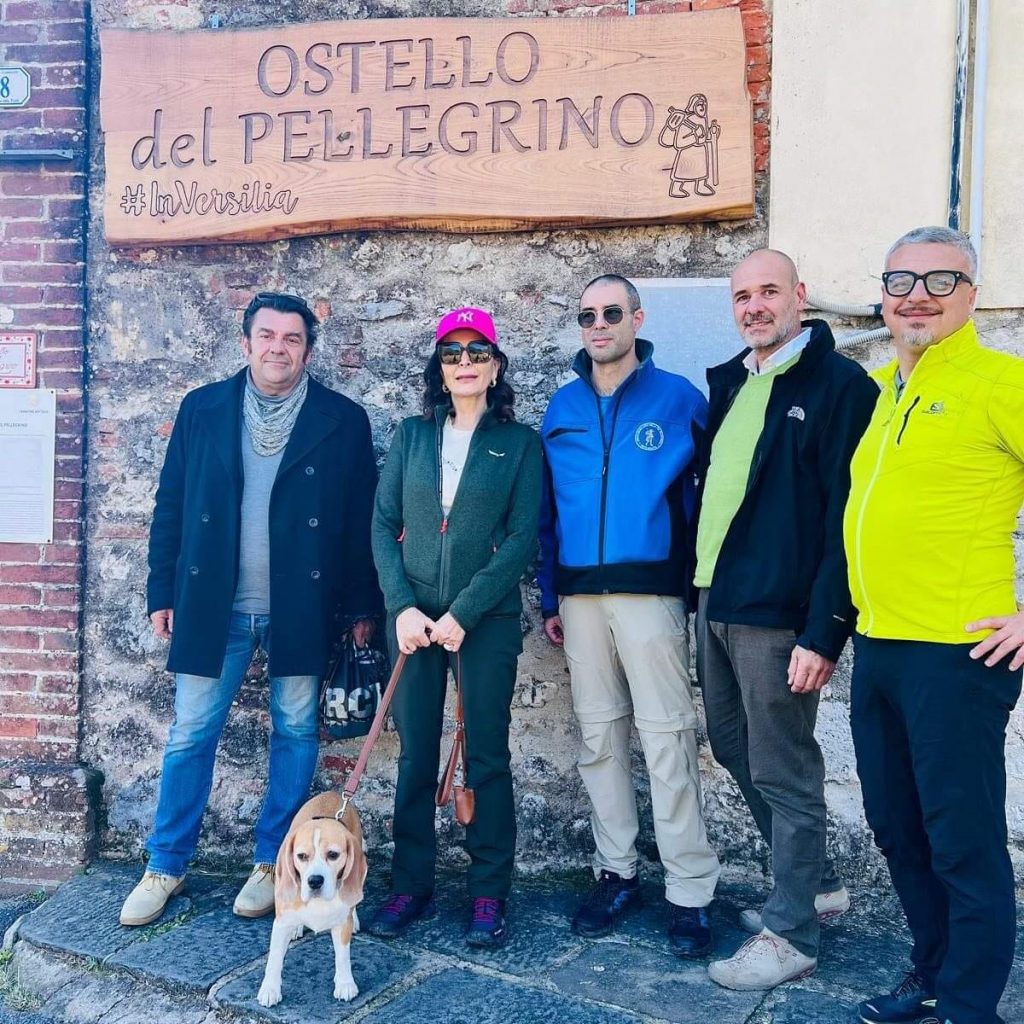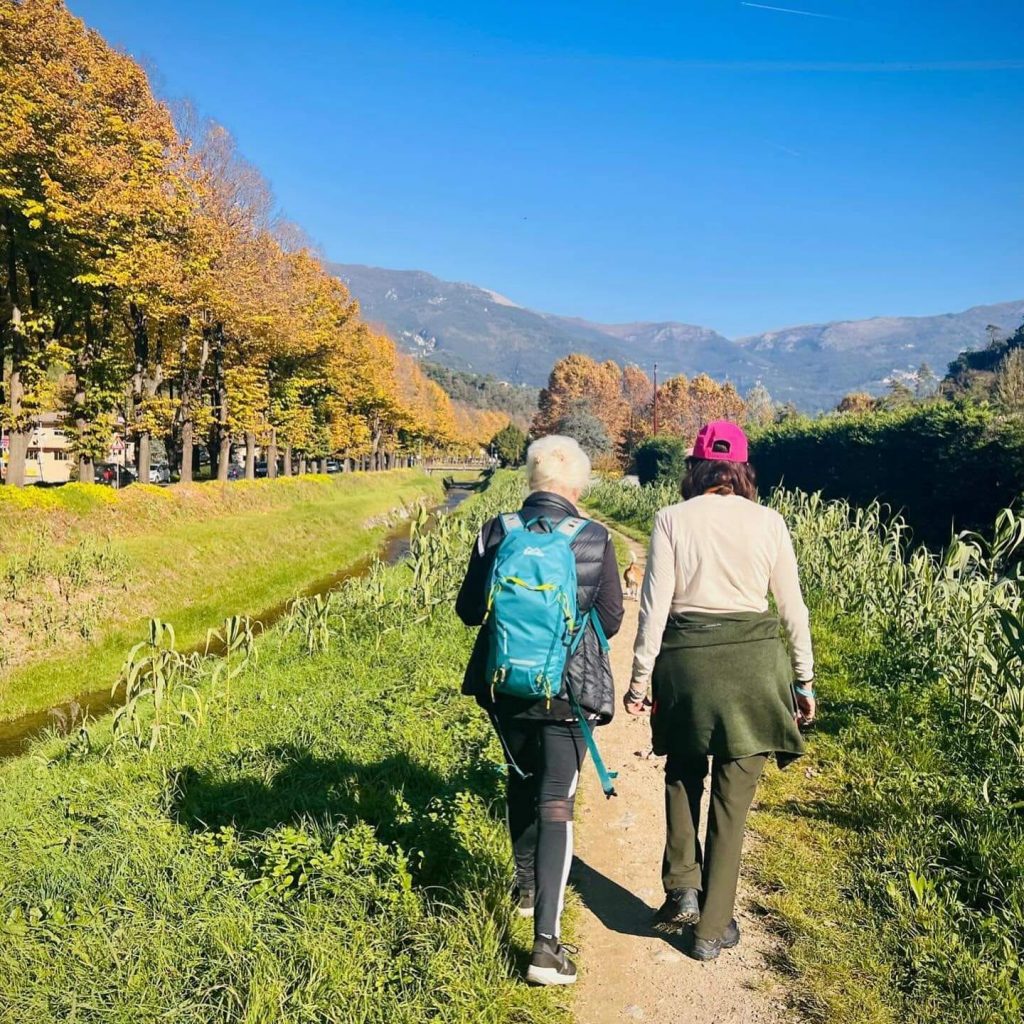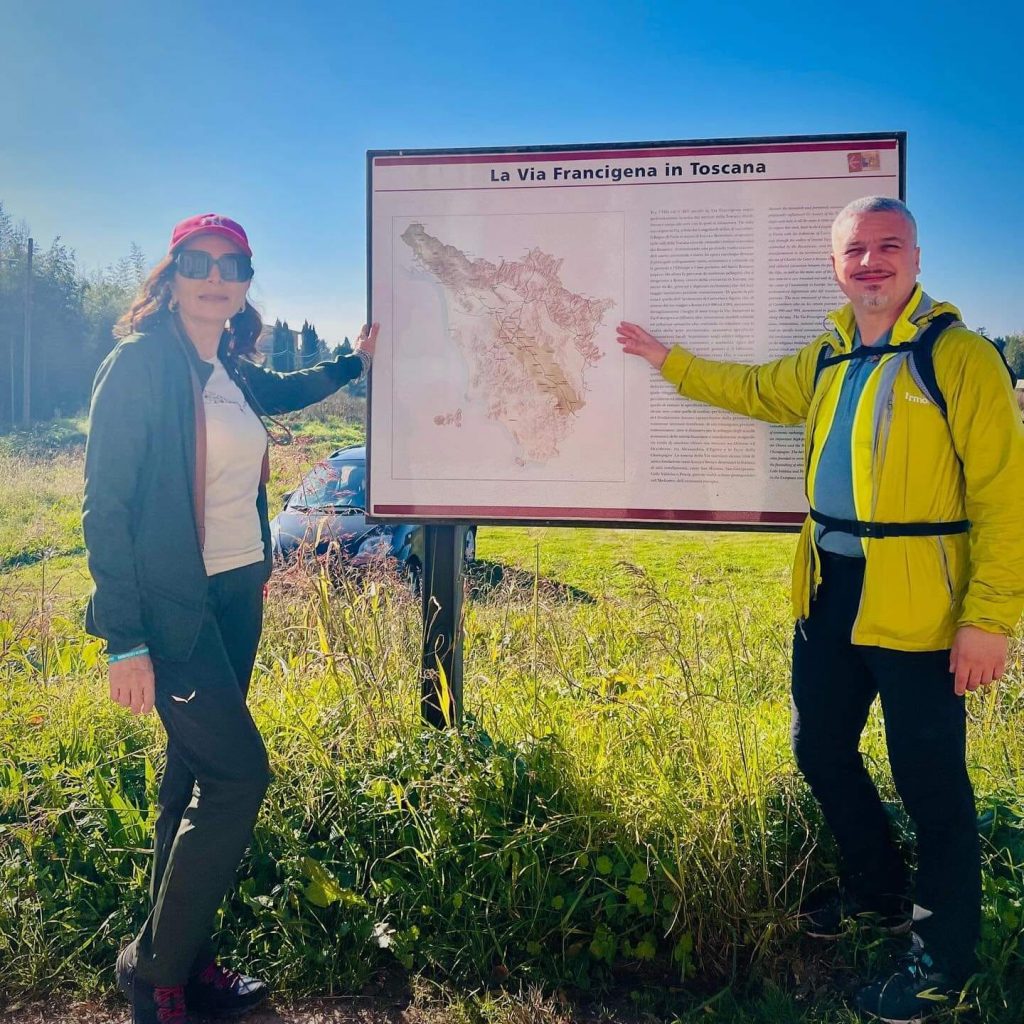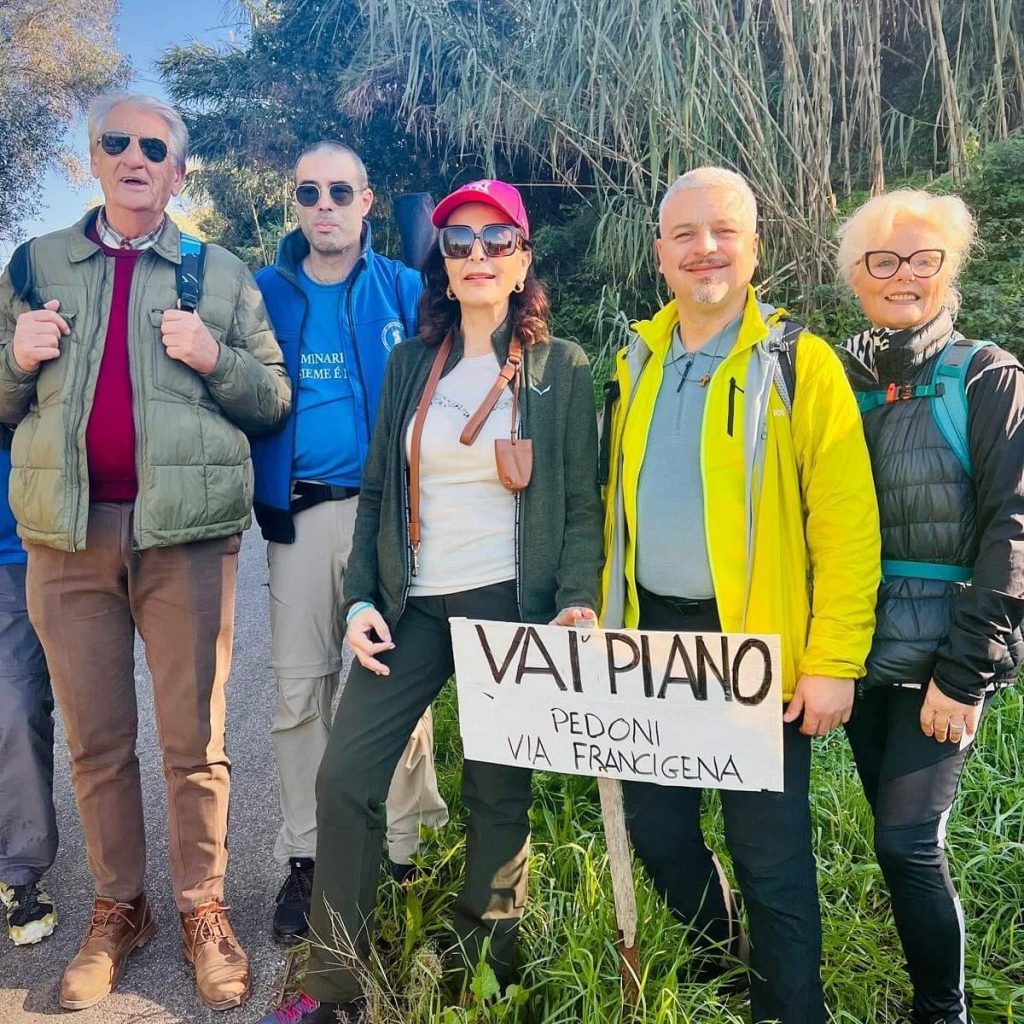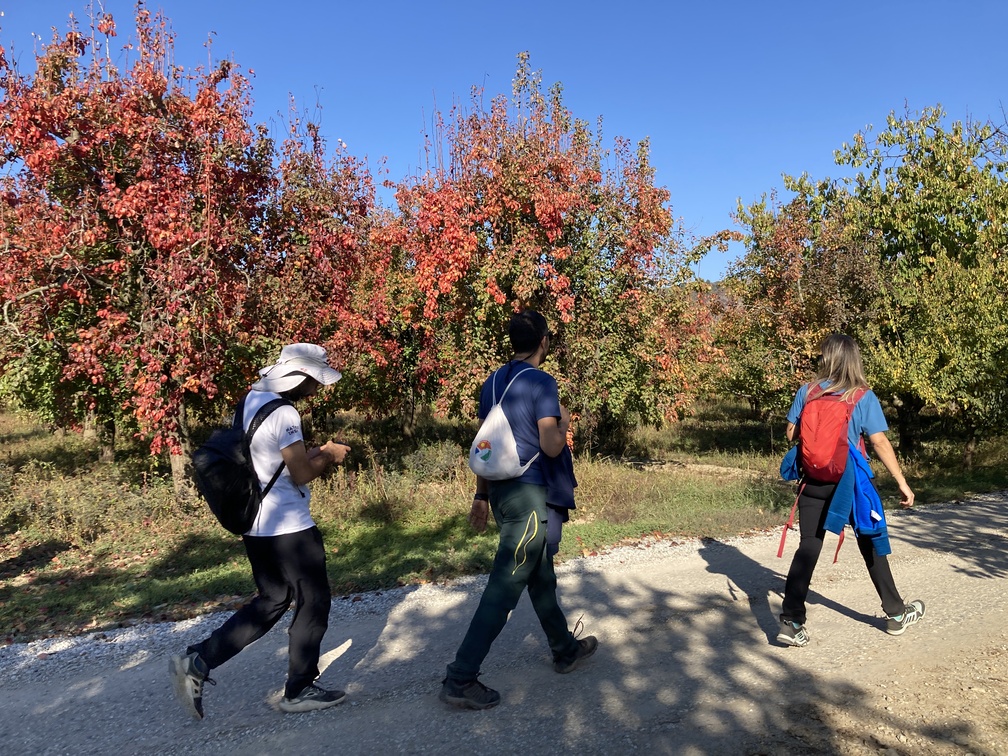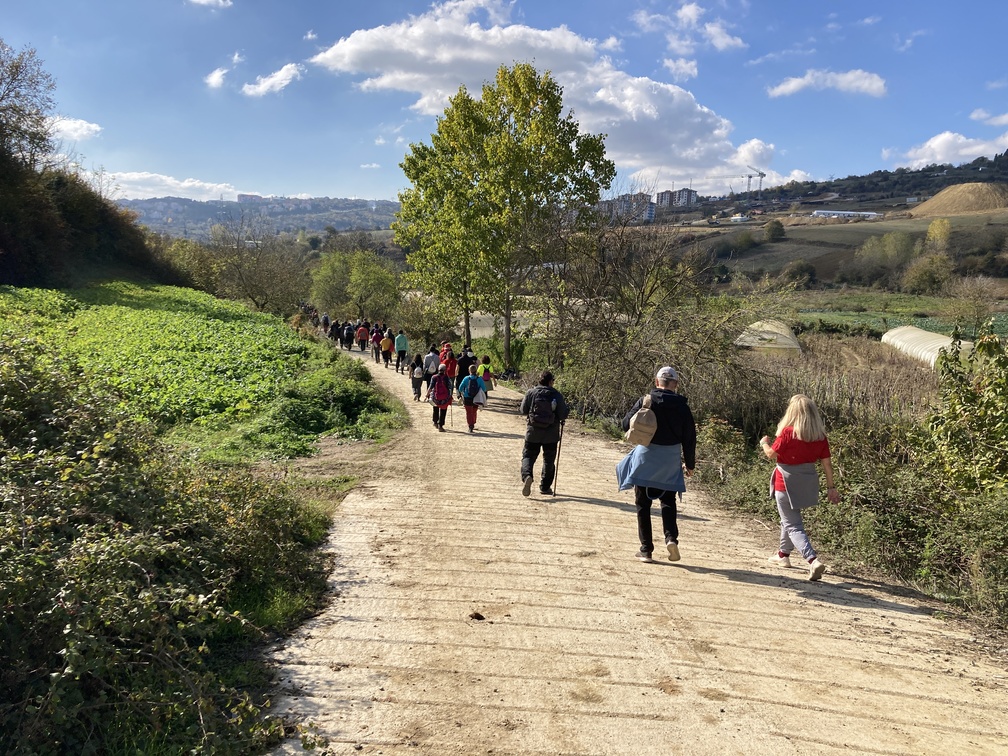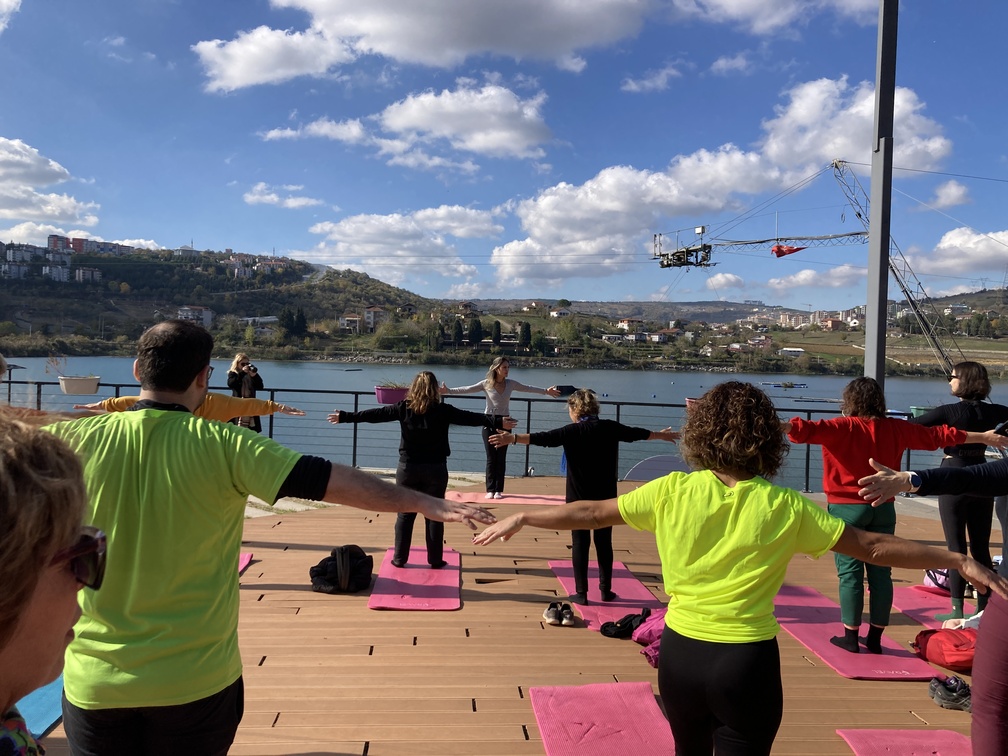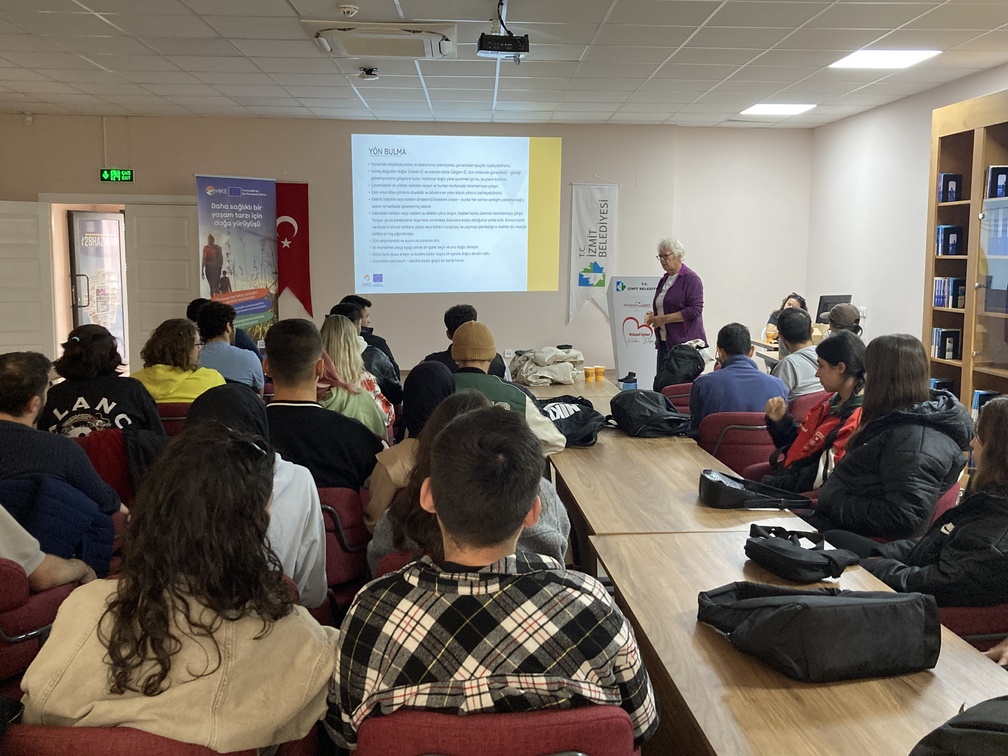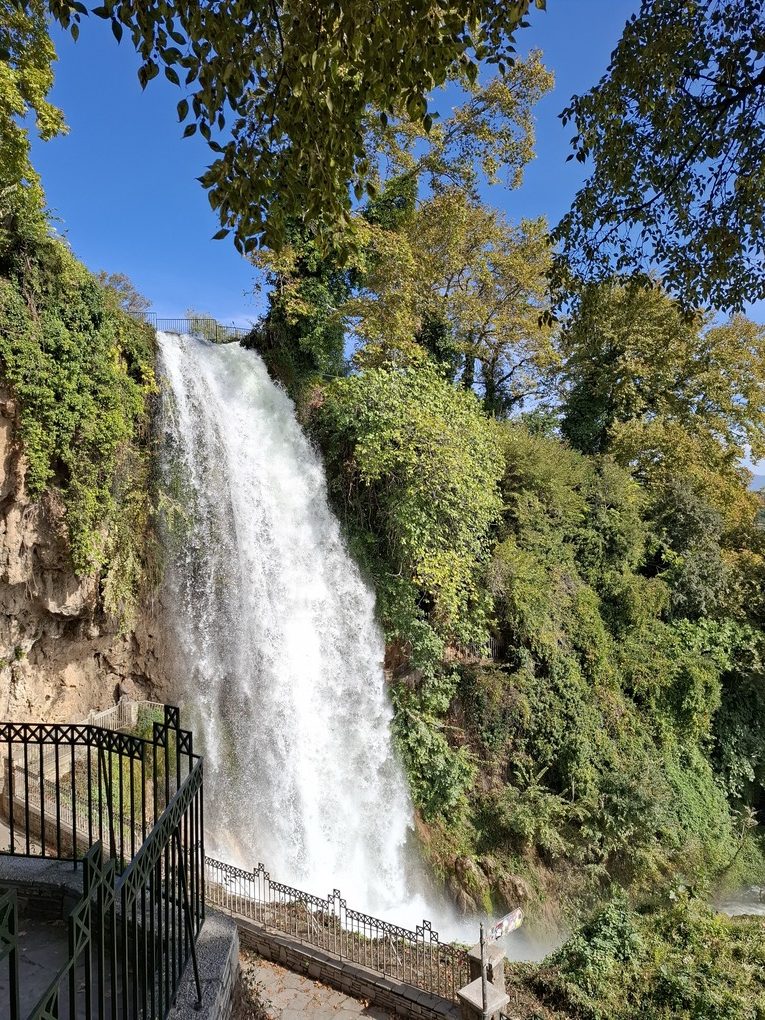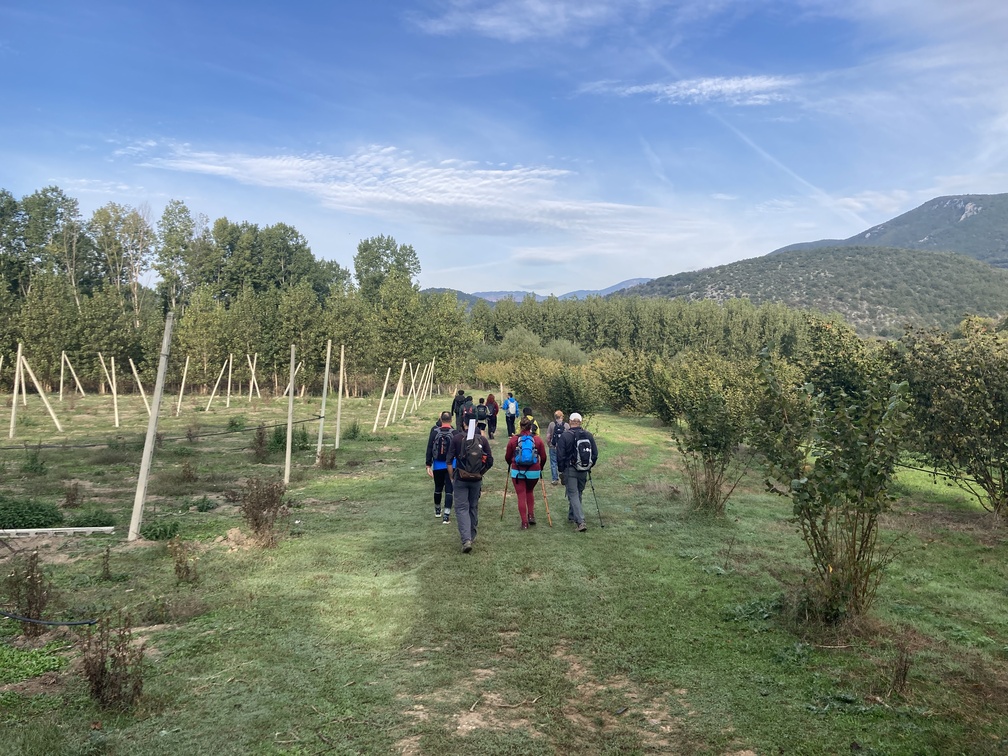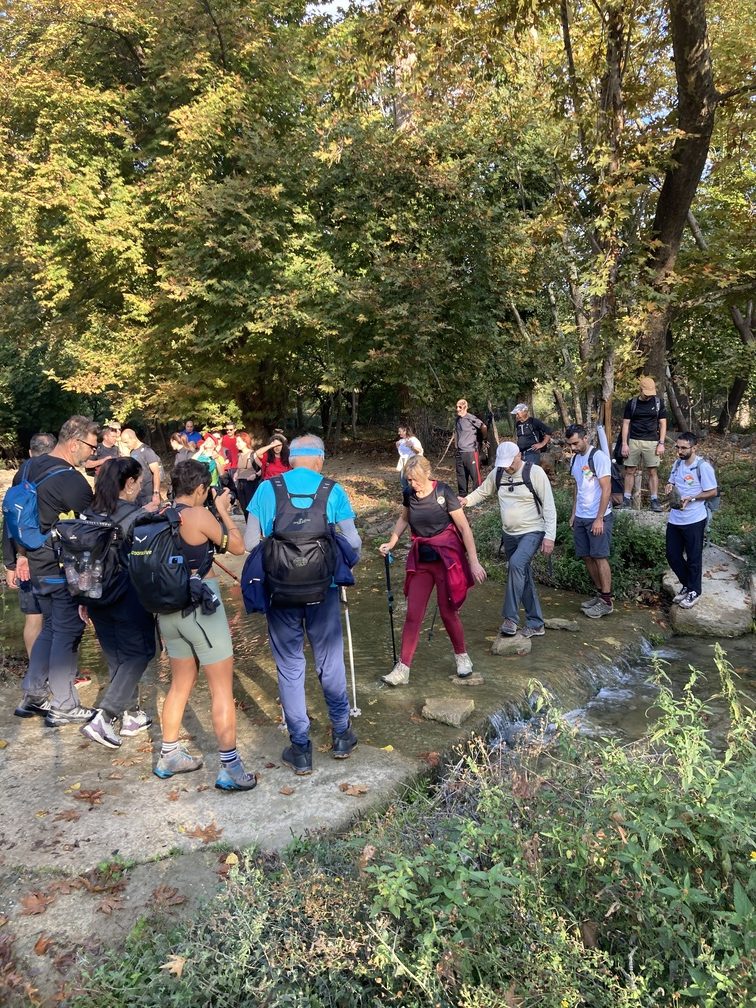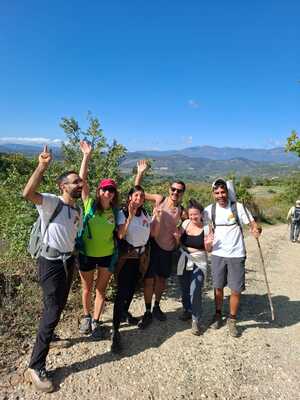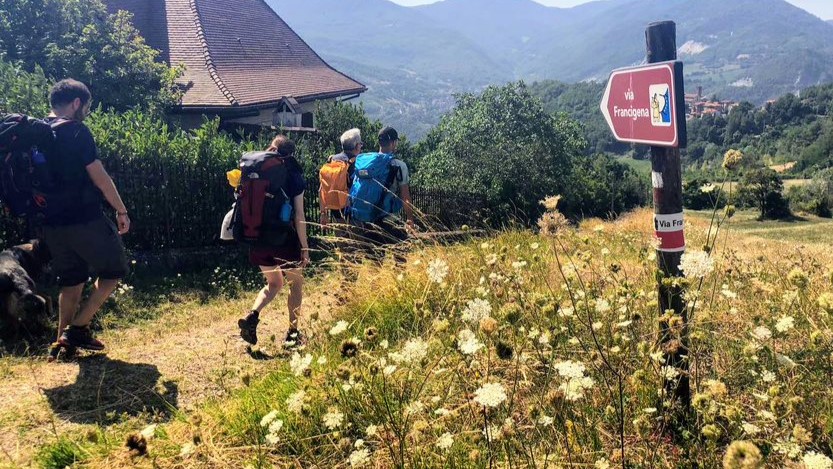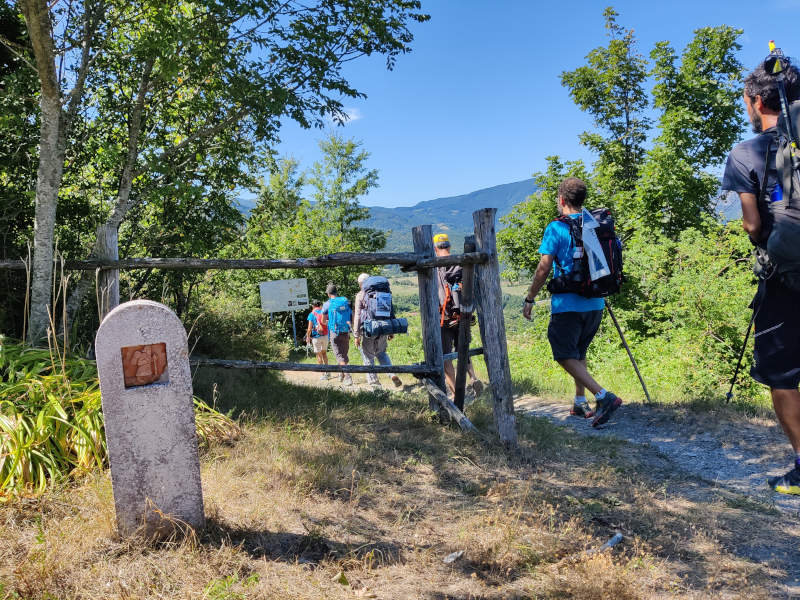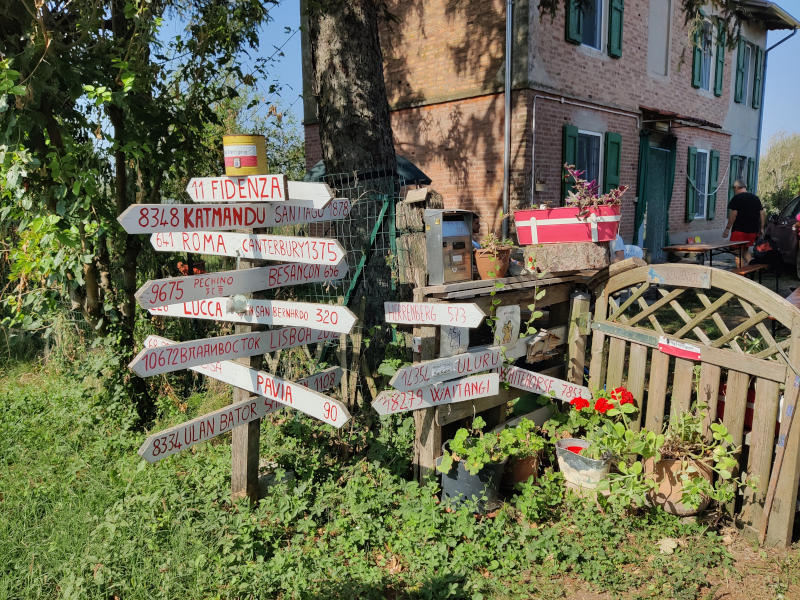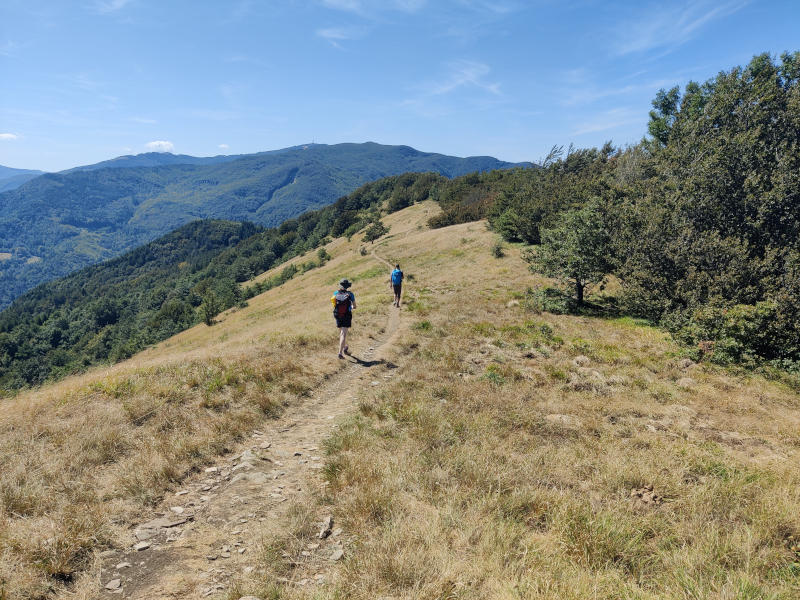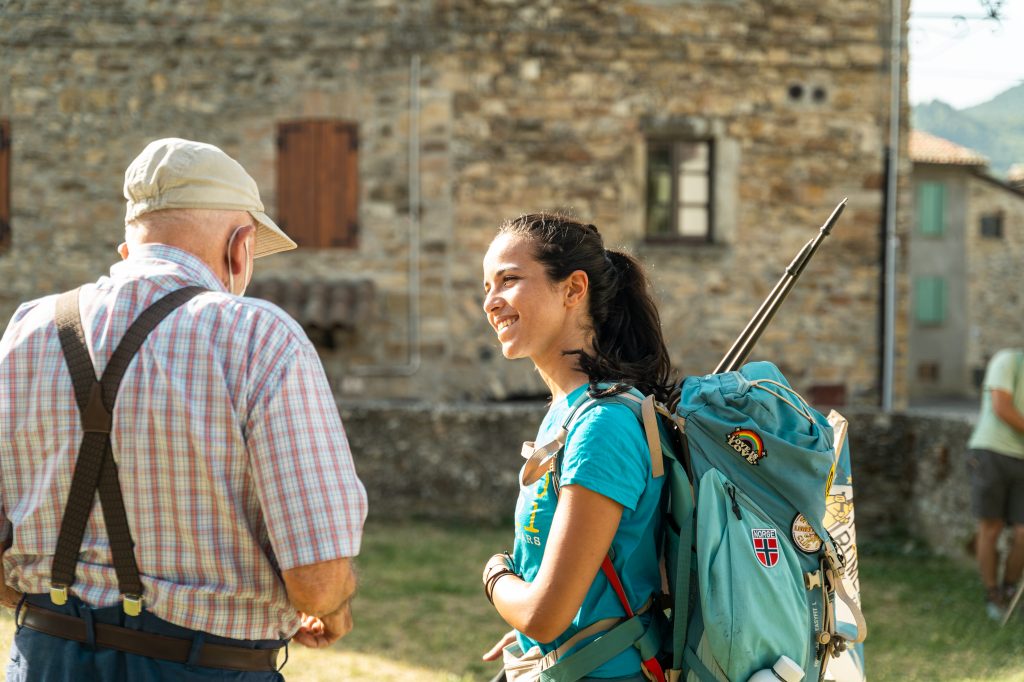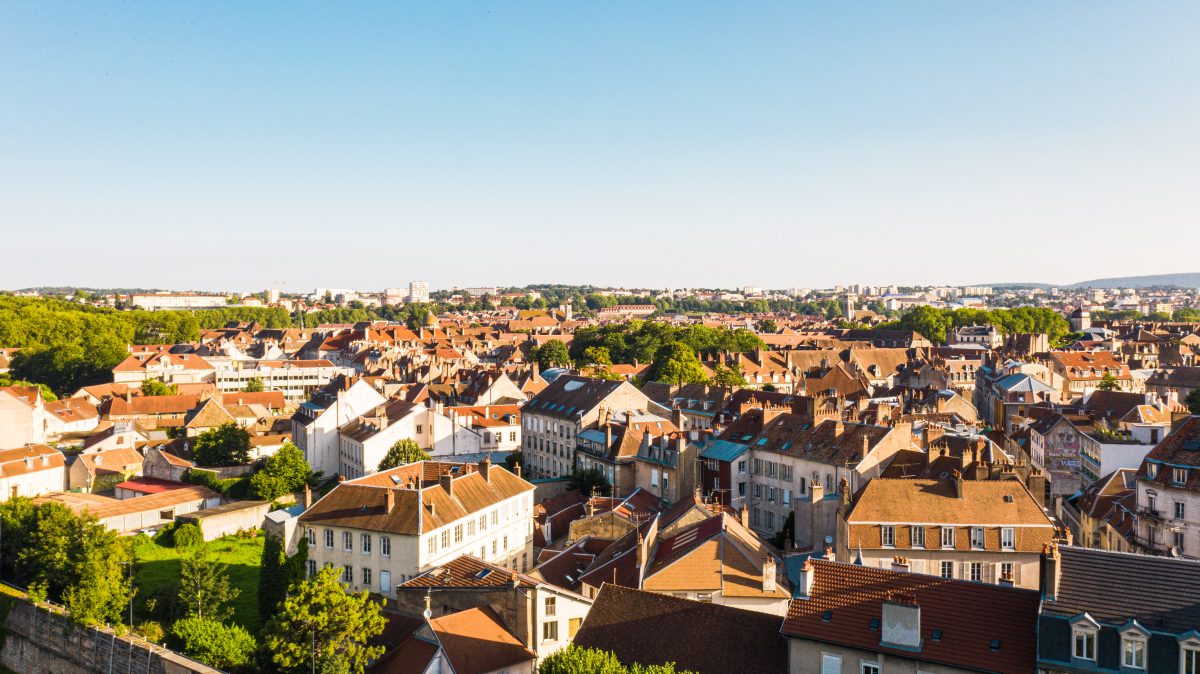The “Coop Outdoor – I Love Francigena” project, now in its third edition in 2024, has brought more than 600 walking enthusiasts to discover the historic Via Francigena. This initiative, created by Coop in collaboration with the European Association of the Via Francigena ways (EAVF), combines a love for nature with the delight of local food and wine, blending sustainable tourism with regional discovery.
“Coop Outdoor – I Love Francigena” is more than just a series of walks; it’s an invitation to explore Italy with fresh eyes, trekking along ancient paths and immersing oneself in unique cultural and natural landscapes. This edition featured 19 excursions along the Via Francigena and 3 along the Via Romea Strata, aiming to raise awareness among walkers about environmental sustainability and respect for the territory.
In addition to the classic routes through nature and trails, Coop introduced urban trekking in 2024—a brand-new way to explore cities along the route. Piacenza, Pavia, and Susa became the focal points of guided walks, giving participants the chance to delve into the historical centres, squares, and monuments of cities intersected by the Via Francigena.
With 667 participants—60% more than in 2023—the 2024 edition surpassed previous years: 415 participants in 2023 and 291 in 2022. This increasingly popular project expanded its routes to include the Via Romea Strata, another historic trail crossing the Friuli-Venezia Giulia and Veneto regions in Italy, adding even more variety and history to this year’s experiences.
As is tradition, some walks concluded with a refreshment stop at Coop stores, where participants enjoyed Coop-branded products and local specialities from the regions they traversed. It was the perfect opportunity to recharge and deepen their connection to the culture of the area by experiencing the flavours that make each region unique.
